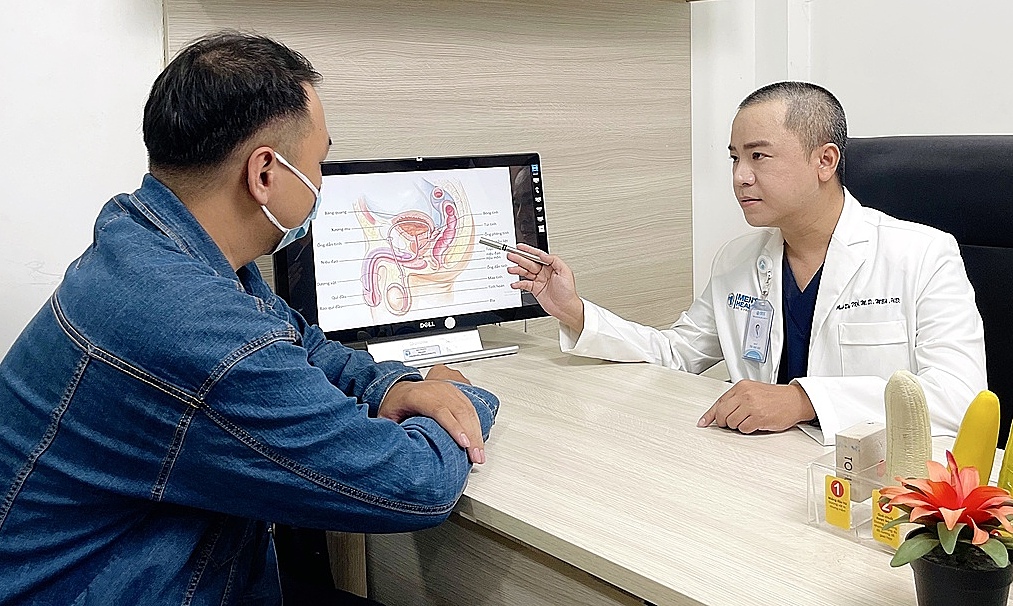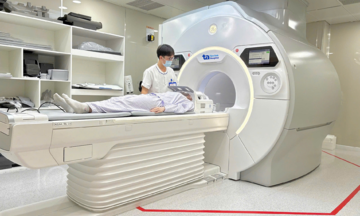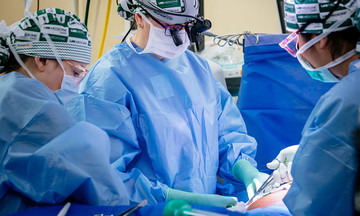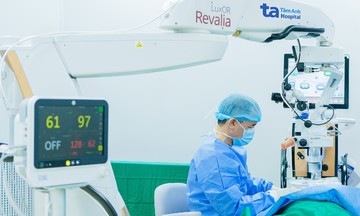Doctor Tra Anh Duy of Men's Health, said the patient admitted to starting to watch pornography at the age of 14. Currently an IT worker, he habitually watches pornography 2-3 times a day, sometimes for hours at a time.
The doctor diagnosed this as a typical case of PIED (pornography-induced erectile dysfunction). The solution isn't medication, but behavioral adjustment, gradually reducing pornography consumption, and retraining the brain to respond to real-life sexual stimuli.
PIED primarily affects young men who have normal erections while watching pornography but struggle with intercourse. Excessive pornography consumption can alter neurological responses to real-life sexual stimuli, leading to a pleasure disparity. This isn't related to physical or hormonal issues but is primarily a neurological and psychosexual problem.
Many similar cases have been documented. Recently, a 36-year-old man, married with a young child, sought treatment for a loss of interest in his wife, despite having a normal sex life previously. He increased his pornography consumption after his child's birth, when his wife's attention was elsewhere, believing it provided quick stress relief without interaction. After a year, despite attempts to resume intimacy with his wife, he couldn't achieve an erection.
"This condition results from the brain being wrongly programmed over a long period and requires a combination of psychological, behavioral, and sexual function rehabilitation," the doctor said.
The human brain prefers novelty. When watching pornography, the user constantly receives diverse images and scenarios, significantly increasing dopamine, the neurotransmitter linked to pleasure. Over time, the brain enters a state of "hyper-stimulation," reacting strongly only to artificial stimuli and becoming "lazy" towards real-life sex.
Research in JAMA Psychiatry indicates excessive pornography consumption reduces grey matter in the brain region associated with desire, making it difficult for viewers to become aroused by their partners. When the brain becomes accustomed to "easy pleasure" from pornography, real-life intimacy—which requires emotion and connection—becomes less appealing, potentially leading to sexual apathy, marital discord, or psychological distress.
 |
Doctor Duy examining a patient. Photo: Lam Anh |
Treating PIED requires a multi-step process, including abstaining from pornography for 30-90 days to reset dopamine sensitivity, increasing real-life physical affection (hugging, caressing), and incorporating behavioral therapy to change distorted thought patterns and learn impulse control. Afterwards, physical exercise and improved sleep are necessary to increase endogenous testosterone and restore the nervous system. Some severe cases may require long-term support from a sex therapist or clinical psychologist.
Doctor Duy warned that pornography-induced erectile dysfunction is no longer a rare phenomenon but is becoming a "silent epidemic" among young men in the digital age. This is a complex medical and psychological issue that shouldn't be ignored or underestimated. Early detection and appropriate treatment are key to restoring sexual function and preserving relationships.
Le Phuong












